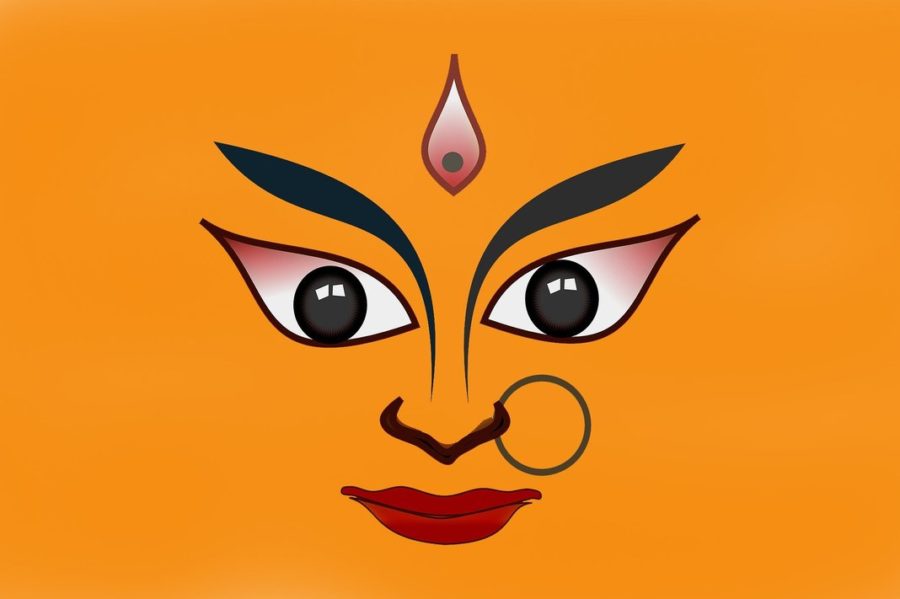Navratri is an exciting nine-day festival held in India each year for various reasons. It is devoted culturally to Durga, an example of Shakti or celestial energy. Sharad Navratri is the most important of the five Navratras that are present in one year’s history (Chaitra, Aashad, Ashwin, Paush, and Magh). Besides that, Gupt Navratri is also known as Magh, Ashadha & Paush.
In September / October, Sharad Navratri is observed. The festival of Navratri is celebrated with excitement all over the world. The 9 manifestations of Goddess Durga are praised in this ninth day festival of Navratri. Each of Durga’s manifestations exemplifies a distinguishing virtue and is thought to be divine and earthly. Continue reading for the significance of shardiya Navratri 2020.
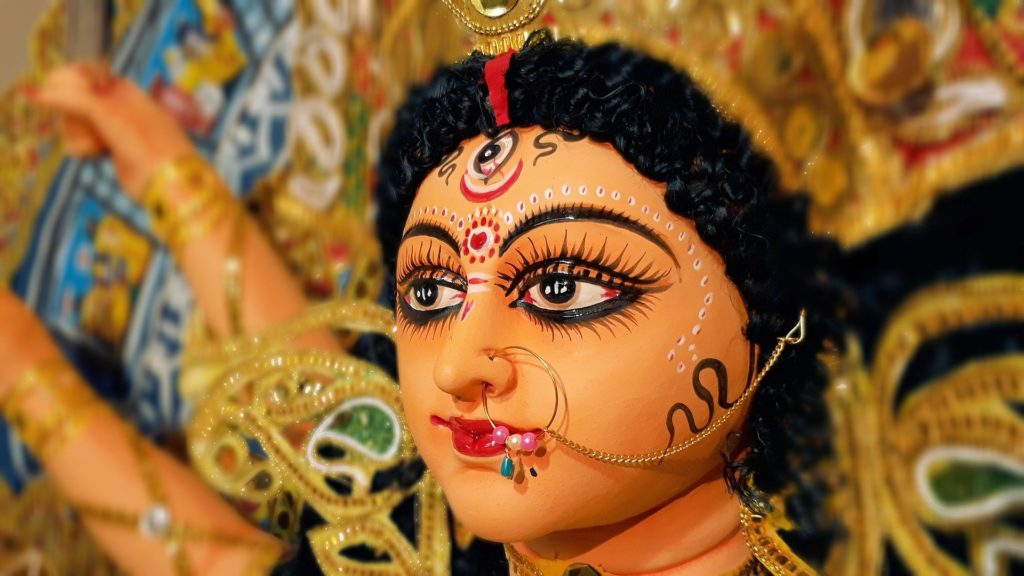
Image Source – Pixabay
Navratri is a festival that Hindus celebrate. In various parts of the world, it is also known by other names, including Chandra Darshan, Sindoor Tritiya, Chandi Road, Kumari Puja, Sandhi Puja, Mahagauri Puja, and Ayudha Puja, among others. In various parts of the world during this period, there are some practices that are observed. Each area or state has its own form of celebration and the time it takes varies from place to place.
Cultural Traditions and Importance
Sharad Navratri begins on the first day and ends on the tenth day of the bright half of Ashwin, the lunar month. Sharad Navratri is a Maa Durga festival that has been held with enormous enthusiasm and eagerness, particularly in the north and east India. The tenth day is also referred to as ‘DUSSEHRA’ or ‘VIJAYADASHAMI’. In Ashwin or Sharad month, the Sharad Navratri is celebrated which marks the beginning of winter.
During Navratri, people in the towns and villages gather in their homes and shrines to enjoy Navratri Puja, the Goddess Durga’s various manifestations. The Navratri Puja rituals for nine consecutive days are followed by the chanting of mantras, renditions of bhajans, or holy songs during this nine-day festival.
Why This Year Navratri Is Starting Late
Navratri begins a month late this time due to the long Shraddh period, according to the Astrologers. Owing to Adhikmas, not only Navratri, but Dussehra and Deepawali will also be postponed. This time, on 25th November, Devadani Ekadashi will start. Only then will all the auspicious work begin.
Shardiya Navratri Dates
- 17th October -Maa Shailputri Pooja Ghat Stapna
- 18th October -Maa Brahmacharini Pooja
- 19th October -Maa ChandraGhanta Pooja
- 20th October -Maa KushManda Pooja
- 21st October -Skandmata Pooja
- 22nd October- Maa Katyayani Pooja
- 23rd October -Maa KalRatri Pooja
- 24th October -Maa Maha Gauri Durga Pooja
- 25th October -Maa Siddhdatri Pooja
Importance of Colors in Navratri
Other than this, each Navratri is connected to a specific color. The colors of Navratri are mentioned below. Using these colors during the Navratri festival is believed to bring you good luck.
- Pratipada – Yellow
- Dwitiya – Green
- Tritiya – Grey
- Chaturthi – Orange
- Panchami – White
- Shashthi – Red
- Saptami- Royal Blue
- Ashtami – Pink
- Navmi – Purple
Here’s how people in different parts of the country celebrate the festival:
1. East India
Navratri is known in Eastern India as Durga Puja. Here, for days together, states like West Bengal, Odisha, Bihar, etc., are overflowing with people. They worship Durga Ma and celebrate her victorious slaying of the evil demon Mahishasura. Huge pandals, or stages, are developed in the state. For eight days, before being immersed in the sea, idols are decorated to represent Her return to Kailasa.
2. North India
Celebrated in October, the festival honors Lord Ram and his triumph over King Raavan of Lanka, who abducted his wife, Sita.
The history of Navratri for children is best explained by the Ram Leela. People stay up for nine nights and chant prayers that praise Lord Ram and enjoy plays that celebrate his tale. A huge effigy of Raavan is burnt on the tenth day with a lot of pomp and show, with crackers.
3. West India
The Festival is conducted with dandiya or Garba in western India and parts of Gujarat. It’s a common dance between women and men, and it’s called the “Sword Dance,” since it’s a mockery battle between Durga’s goddess and the devil.
4. South India
In south India, the Ayudha Puja festival is known to celebrate and honor its tools. In this case, the god keeps cars, books, and musical instruments, smeared with holy ash or paste of sandalwood. There is a special display of painted dolls that last for nine days in some parts of the different states in the south.
Navratri Colors To Wear
The festival takes place for nine days and celebrates the nine Avatars of Goddess Durga. A color is symbolized each day of the festival and each color is connected to Durga’s avatar. If this time you want to keep Navratra fasts and dress in good colors, every day and in its hue, here is a look.
Navratra Day 1: Yellow
Shailputri, the Goddess who symbolizes nature and the color of this day is yellow, is devoted to this first day of the nine-day long festival. It symbolizes joy.
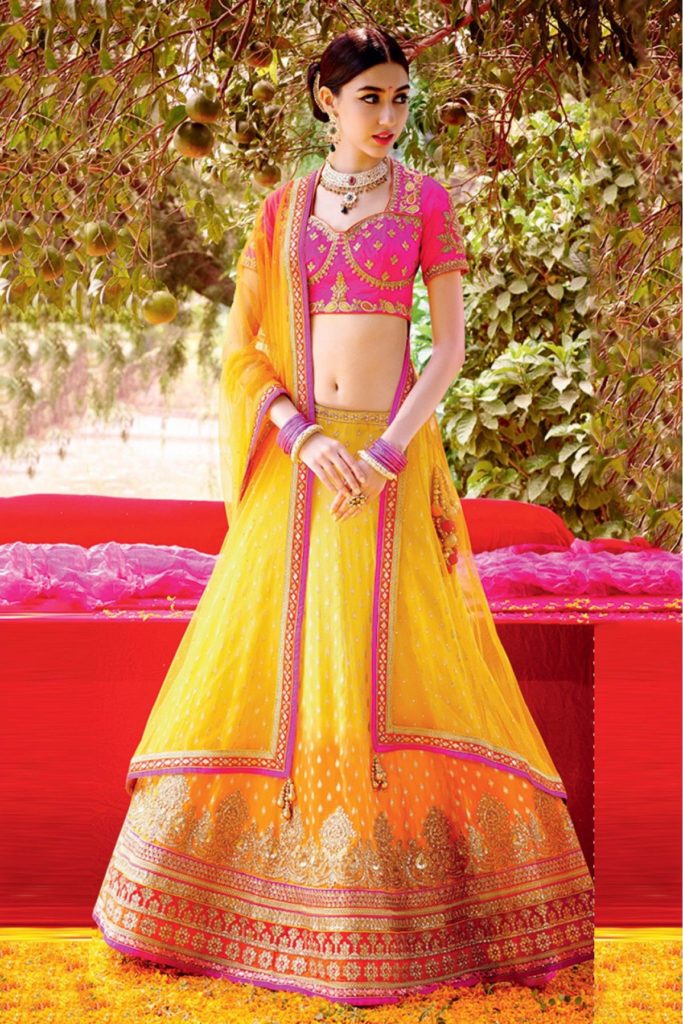
Image Source – Pinterest
Navratra Day 2: Green
Navratra ‘s second day celebrates Goddess Brahmacharni and is devoted to knowledge. On this day you should wear a green shade.
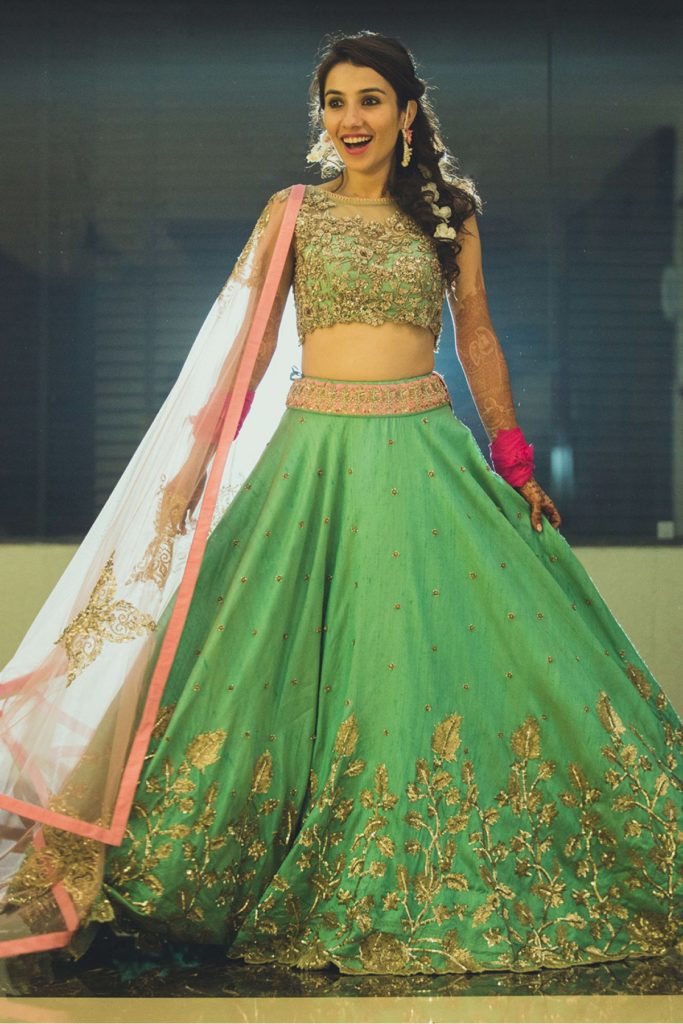
Image Source – ninecolours.com
Navratra Day 3: Grey
You should wear grey on the third day. This day is dedicated to Devi Chandraghanta, who is carrying the half-moon on her forehead.
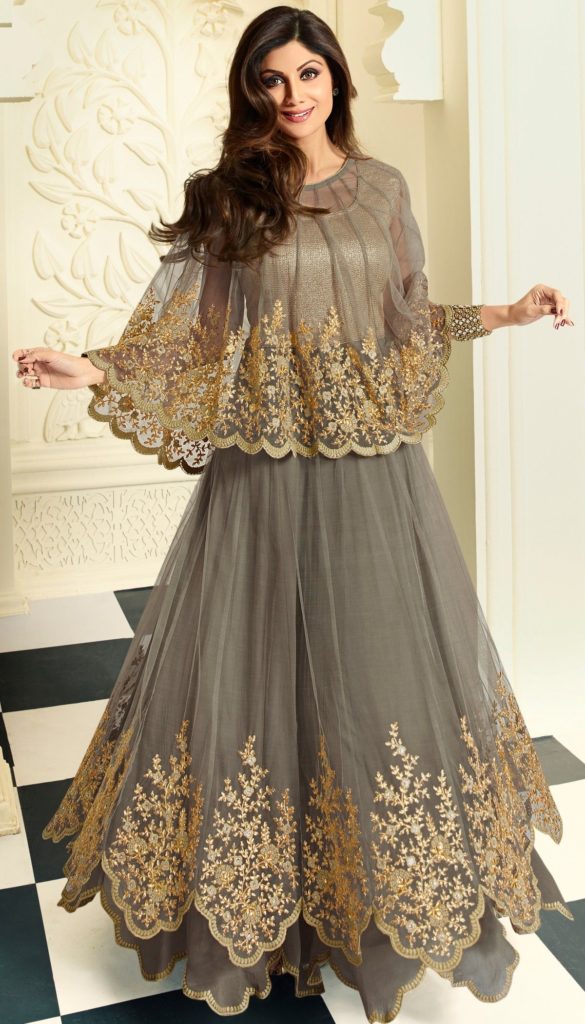
Image Source – Pinterest
Navratra Day 4: Orange
Navratra ‘s fourth day is devoted to the Goddess Khushmanda, who reflects energy and brightness. The day is depicted by the color orange. So pick up the orange-colored outfit.

Image Source – Pinterest
Navratra Day 5: White
Navratra ‘s Fifth Day is devoted to Skandamata Goddess. The goddess represents pureness and on that auspicious day, one should wear white color.
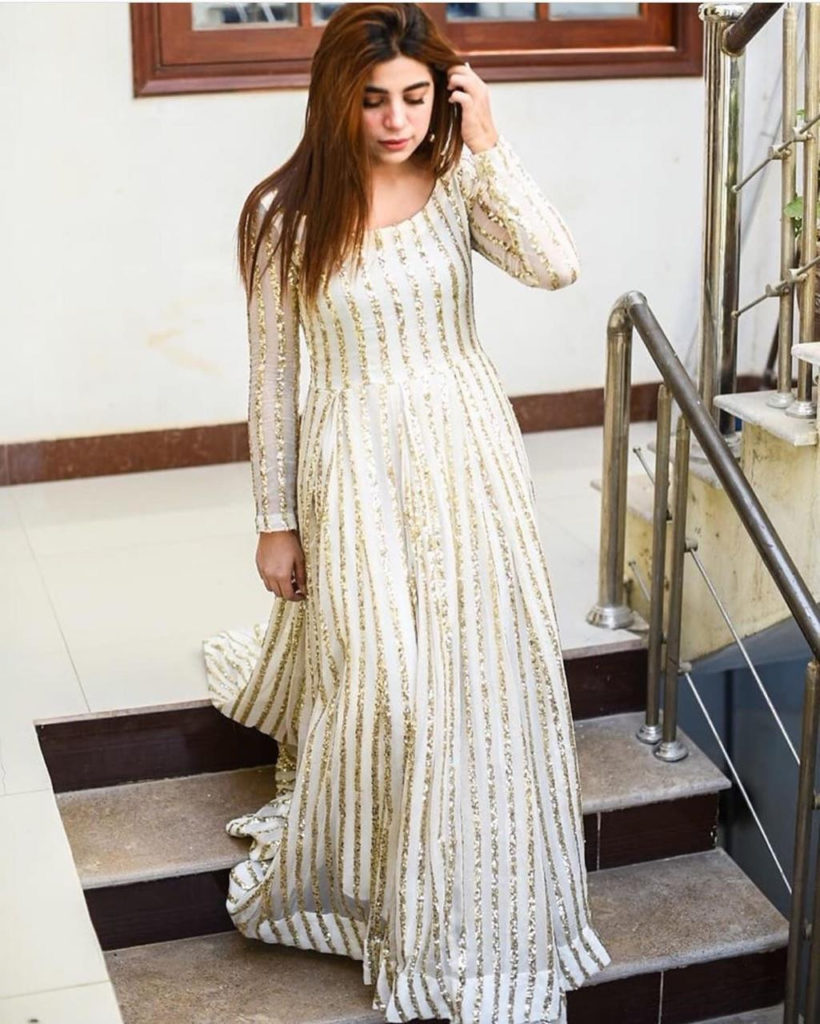
Image Source – Pinterest
Navratra Day 6: Red
Devi Katyayani is dedicated to the sixth day and the color for this day is red. The hue represents the Goddess’s violence toward evil.

Image Source – ethnicroop.com
Navratra Day 7: Dark blue
This day is devoted to Kaalratri Devi. The colour that reflects the overwhelming strength of the Goddess is dark blue.
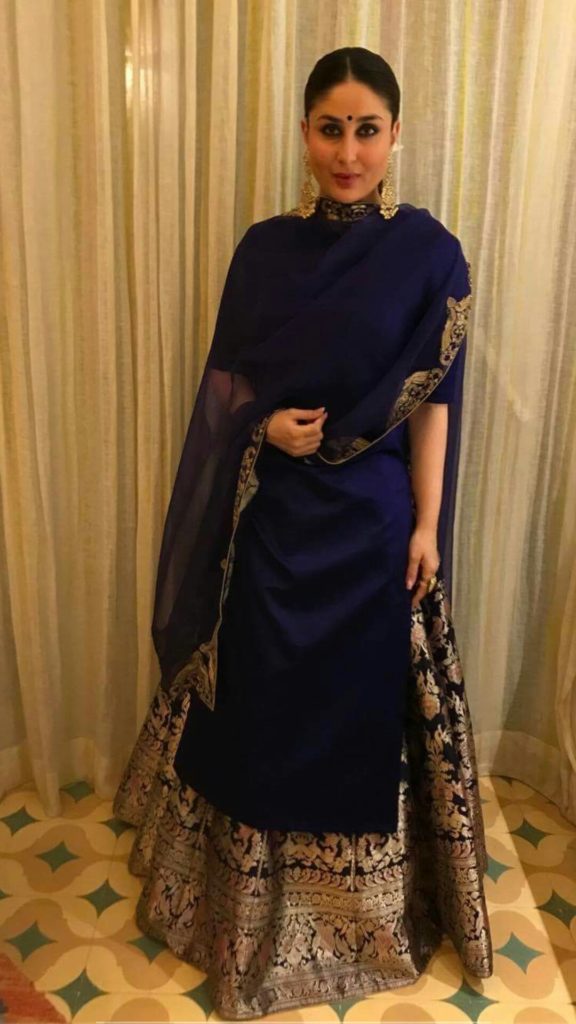
Image Source – bollywoodbubble.com
Navratra Day 8: Pink
The eighth day is devoted to Mahagauri the Goddess. You should wear a pink colour because it is a day of hope and upliftment.
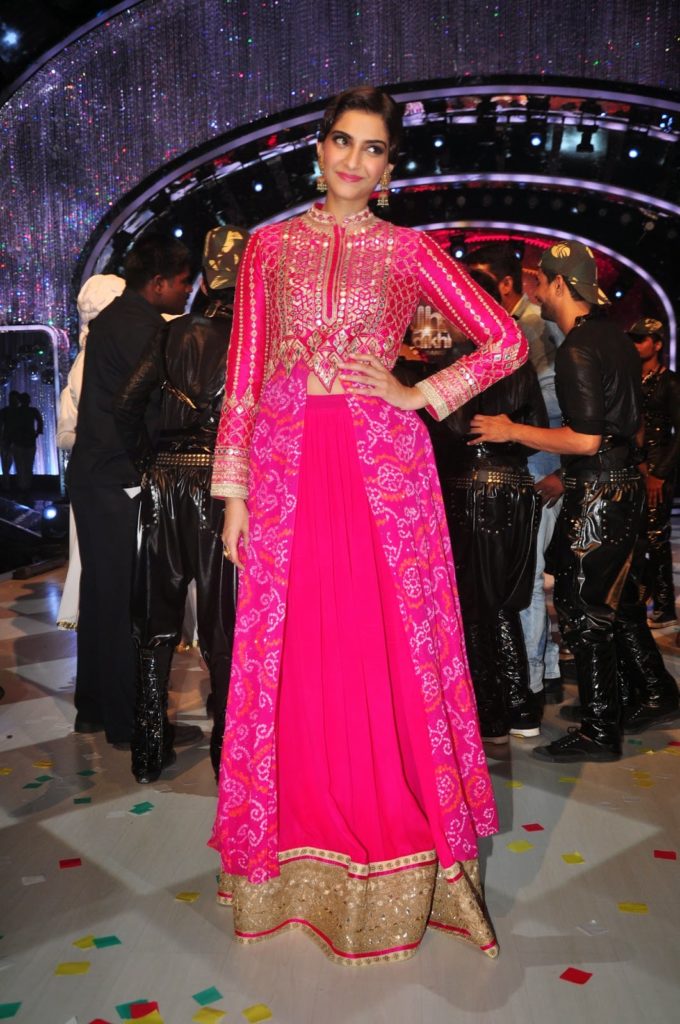
Image Source – Pinterest
Navratra Day 9: Violet
Devi Siddhedatri, the goddess blesses knowledge and meets one ‘s aspirations, is devoted to the last day of Navratra. The colour is violet for this day, reflecting aspiration and power.
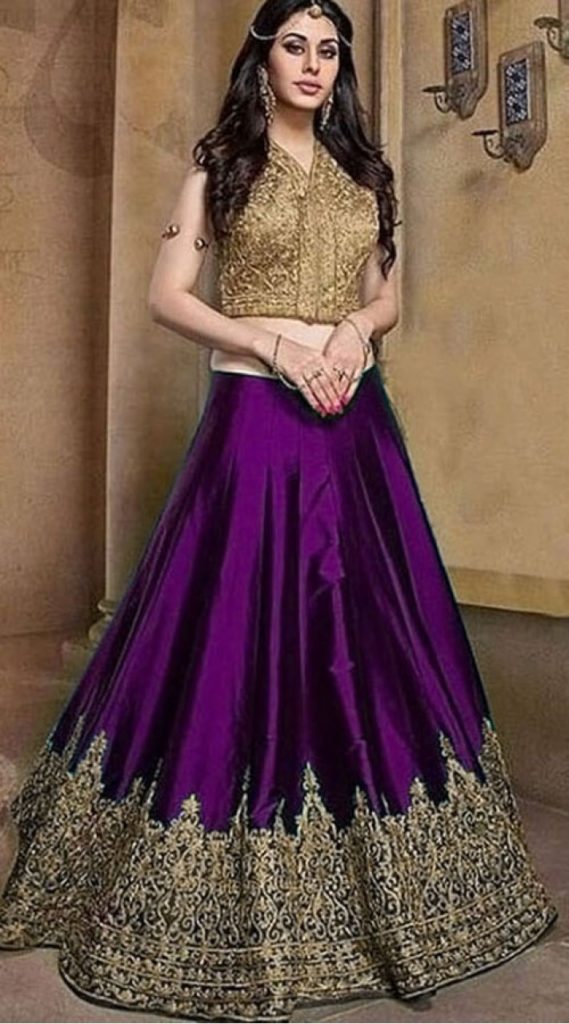
Image Source – Indiabazaaronline
One of India’s most colourful festivals is Navratri. The worship of Hindu goddesses is celebrated. It is a festival where every night is devoted to adoring a different form of the Hindu Goddess, meaning ‘Nine Nights’. It ends in Dusshera or Vijayadasami on the tenth day.



